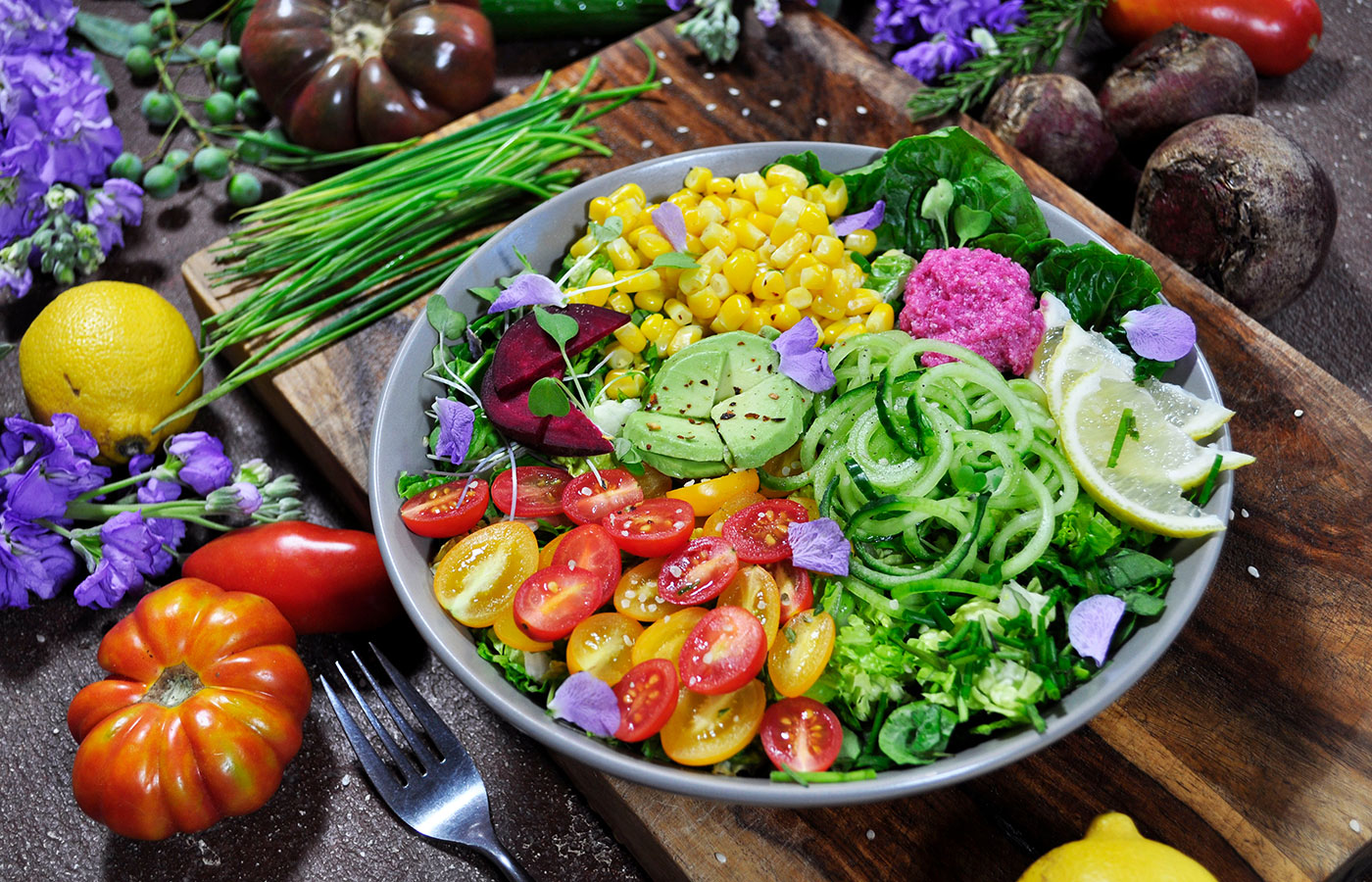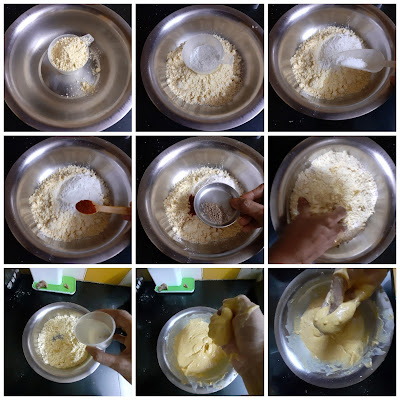I have created this chutney as per my imagination and have not referred to any recipes. I was always intrigued by recipes showing roasting Red Bell Peppers and so I wanted to give it a try. In the past I have used green Capsicum in chutneys, but this is the first try with the Red ones.
This is a very simple recipe, gets done in 20 minutes(just because it involves cooling time, otherwise it would take much lesser) and goes very well with Idli, Dosa, Pongal, Upma and Chapati or Puris too. The red bell peppers give the chutney a beautiful texture and body and tomatoes give it the tang. Herbs and spices enhance its flavors and what we get it absolute yumminess.
While you are here do try my other recipes like Stuffed Kuzhi Paniyarams, Adai, Rava Dosa, MLA Pesarattu, Tomato Coconut Chutney, and more...
The recipe for the Red Bell Peppers Chutney is given below-
Ingredients:
Red Bell Peppers 1 big
Tomatoes 2 medium chopped
Tamarind paste 1 tsp or less
Green chillies 2
Cumin seeds 1 tsp
Asafoetida 1/4 tsp
Dry red chillies 3 ( refer note 1)
Curry leaves a few
Mustard seeds 1/2 tsp
Fresh Coriander leaves a few sprigs
Jaggery 1/2 tsp
Directions: Put the Red Bell Pepper on the gas flame and roast them as you would a Brinjal. No oil needs to be applied on the pepper before putting it on flame. The bell peppers are very fleshy, so the skin peels away easily. Keep turning the Bell pepper on the flame so that all sides are equally cooked. Remove when they have black spots over them. Set aside and let it cool. Once they cool down, peel the skin off and chop them . Now in a kadai heat some oil. Add cumin seeds and when they crackle put in the dry red chillies followed by the green chillies and saute for 10 seconds. Now add the tomatoes and the coriander leaves and saute. Add salt, followed by the chopped Red bell peppers and continue to saute. Add the tamarind paste and saute until the tomatoes break down. Put off the flame and allow to cool.
After cooling, put all ingredients into a blender and blend to a fine puree without adding any water. Now in the same kadai heat some oil for tempering. Add the mustard seeds, asafoetida and curry leaves and as they splutter pour the puree into it, and stir nicely. Add the jaggery now, mix well until the jaggery dissolves and put off the flame. The tasty Red Bell Pepper Chutney is ready to serve.
STEPWISE RECIPE FOLLOWS:
1. Put the Red Bell Pepper on the gas flame and roast them as you would a Brinjal. Keep turning the Bell pepper on the flame so that all sides are equally cooked. Remove when they have black spots over them. Once they cool down, peel the skin off and chop them .
2. Now in a kadai heat some oil. Add cumin seeds and when they crackle put in the dry red chillies followed by the green chillies and saute for 10 seconds.
3. Now add the tomatoes and the coriander leaves and saute. Add salt, followed by the chopped Red bell peppers and continue to saute. Add the tamarind paste and saute until the tomatoes break down. Put off the flame and allow to cool.
4. Put all the sauteed ingredients into the blender on cooling and grind to a smooth puree. Now take oil in a Kadai and heat. Add mustard seeds followed by curry leaves and asafoetida.
5. Now Pour the puree into the tempering, add the jaggery and, mix well until the jaggery dissolves and put off the flame. The tasty Red Bell Pepper Chutney is ready to serve.
NOTES:
1. I have taken 2 dry red chillies regular, and 1 Kashmiri red chilli for colour, you could do this or just use regular dry red chillies.
2. Spice level can be increased or decreased as per taste.
3. The bell Peppers will not stand too much sourness, so stick to the tamarind quantity mentioned. Same holds good for Jaggery as well.
If you tried this recipe and liked it please comment below. I would love to hear from you. If you have a query about the recipe email us and ill respond as soon as I can.





















































